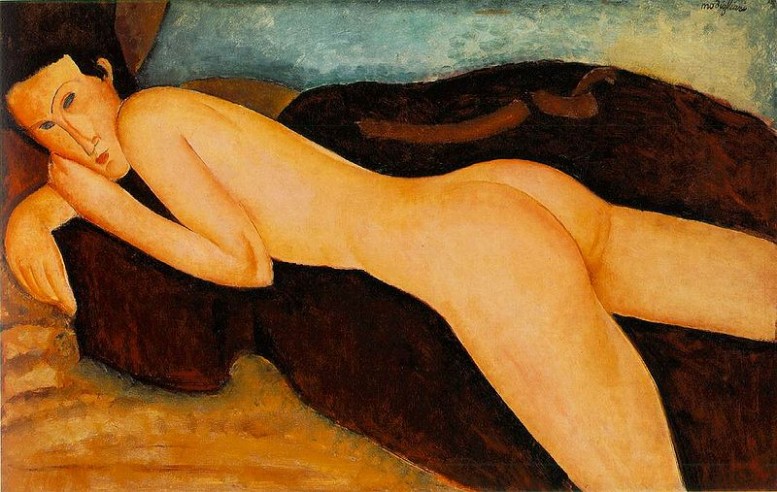
Amedeo (“Beloved of God”) Modigliani was considered to be the quintessential bohemian artist, his legend almost as infamous as Van Gogh’s. In Modigliani’s time, his work was seen as an oddity: contemporary with the Cubists but not part of their movement. His work was a link between such portraitists as Whistler, Sargent, and Toulouse-Lautrec and that of the Art Deco painters of the 1920s as well as the nerandw approaches of Gauguin, Cézanne, and Picasso. Jean Cocteau called Modigliani “our aristocrat” and said, “There was something like a curse on this very noble boy. He was beautiful. Alcohol and misfortune took their toll on him.” In [a] major new biography, Meryle Secrest...gives us a fully realized portrait of one of the twentieth century’s master painters and sculptors: his upbringing, a Sephardic Jew from an impoverished but genteel Italian family; his going to Paris to make his fortune; his striking good looks (“How beautiful he was, my god how beautiful,” said one of his models) . . . his training as an artist . . .and his influences, including the Italian Renaissance, particularly the art of Botticelli; Nietzsche’s theories of the artist as Übermensch, divinely endowed, divinely inspired; the monochromatic backgrounds of Van Gogh and Cézanne; the work of the Romanian sculptor Brancusi; and the primitive sculptures of Africa and Oceania with their simplified, masklike triangular faces, elongated silhouettes, puckered lips, low foreheads, and heads on exaggeratedly long necks. We see the ways in which Modigliani’s long-kept-secret illness from tuberculosis (it almost killed him as a young man) affected his work and his attitude toward life ; how consumption caused him to embrace fatalism and idealism, creativity and death; and how he used alcohol and opium with laudanum as an antispasmodic to hide the symptoms of the disease and how, because of it, he came to be seen as a dissolute alcoholic. Modigliani: A Life comes out today, March 1, on Knopf. www.randomhouse.com
